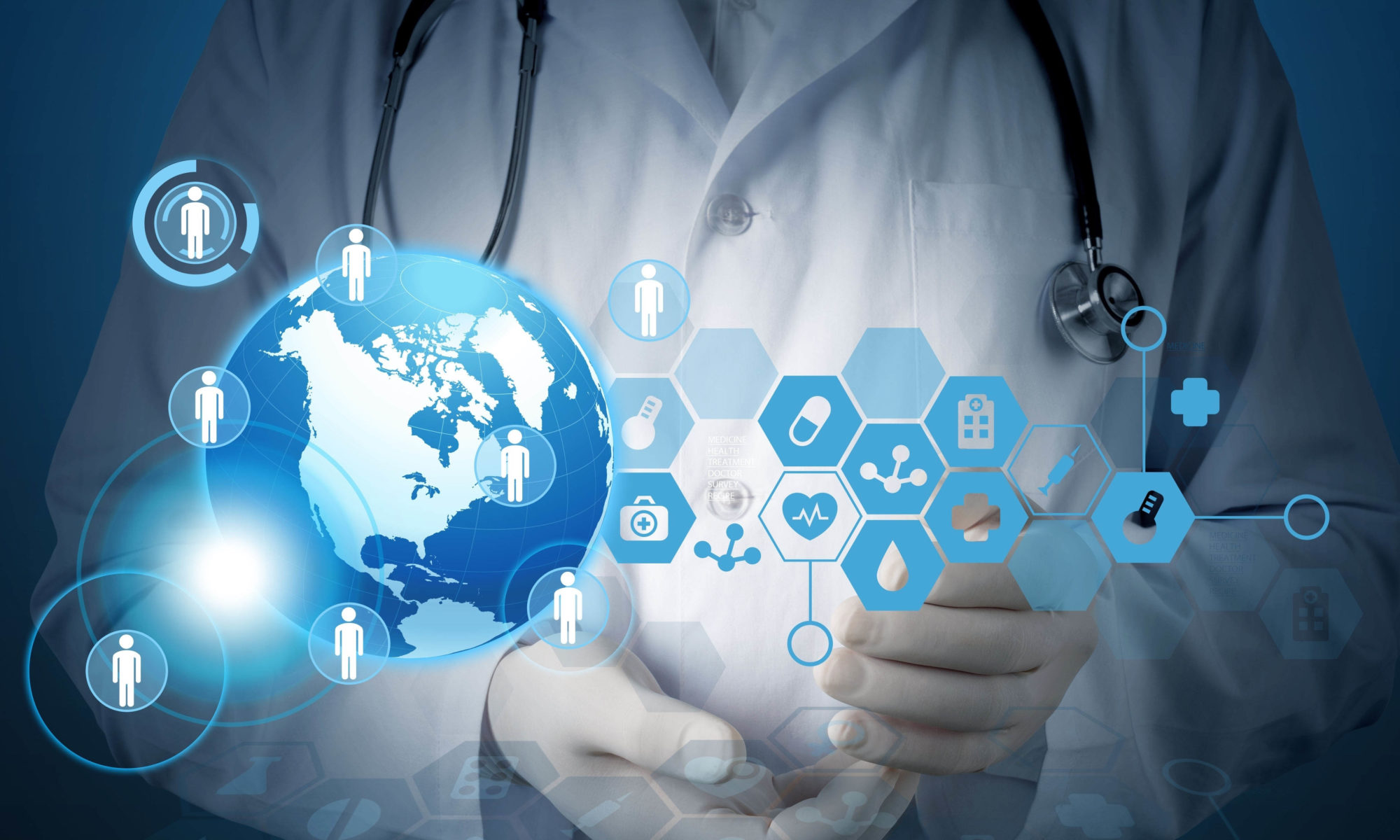Sudden Cardiac Arrest occurs suddenly and often without warning and sign. It is triggered by an electrical malfunction that causes an irregular heartbeat (arrhythmia) in the heart. When the pumping movement is impaired, the heart cannot pump blood to the brain, lungs and other organs. Seconds later, the human loses consciousness and the pulse disappears. If the patient is not treated in a short time, death occurs within minutes. This condition is called sudden cardiac arrest.
It results in main arteries and respiratory arrest and loss of consciousness. When circulation stops, the tissues do not reach oxygen. Since the brain is the organ most affected by the lack of oxygen, loss of consciousness and subsequent brain damage can lead to neurological deficits, memory disorders and cognitive dysfunction. According to the basic life support (BLS) principles, the first thing to do is to re-initiate circulation, ie cardiopulmonary resuscitation (CPR). According to the principles of advanced life support, the first thing to do in sequence is to monitor the patient and perform defibrillation.
The only proven treatment for patients with ventricular fibrillation and ventricular tachycardia during sudden cardiac arrest is the “defibrillation” procedure. Defibrillation is performed with automatic defibrillators or manual defibrillators.
